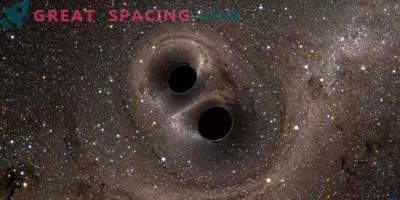
After the discovery of the first exoplanets in the 1990s. scientists realized that such objects are not the exception, but the rule. Most likely, they can be counted in millions only in our galaxy. Every year more and more people are involved in the search for alien worlds
Based on information from the NASA K2 mission, scientists were able to confirm nearly 100 new exoplanets. Now their total number increases to 300. For this, it was necessary to analyze 275 candidates, of which 149 received confirmation. K2 research is conducted from the moment of launch in 2014 of the extended mission.
Scientists from NASA, the Universities of Copenhagen, Tokyo and Berkeley participated in the project. The Kepler spacecraft was launched in 2009. In 2013, there was a mechanical failure, but the engineers managed to create a new way to convert and save the device, which periodically changes its field of view. This decision saved the mission, which is now called K2.
To find a planetary transit, you need to fix the dips in the light created by the shadow of the exoplanet crossing the star. Then these data are carefully studied to confirm the true nature of the phenomenon. Exoplanetary research is still considered a young area of study. The first alien world was found in 1995. Today, the total number reaches 3,600 worlds, among which there are representatives of the Earth type, as well as gas giants. The complexity of the mission is that it is necessary to distinguish the signals coming from real exoplanets. You have to grab hold of similar signals to select the real worlds. Sometimes researchers catch contact between alien systems or the noise of a spacecraft.
One of the found planets was too close to its star HD 212657. The orbital path takes 10 days. Now this star is considered the brightest in mission K2. As the number of found worlds increases, scientists will be able to improve their search methods.
The Kepler Space Telescope played an important role in the science of exoplanets. With his help, we managed to find more than 10,000 candidates who are still awaiting verification. Now the team is looking forward to the launch of the telescope of James Webb, which will improve the methods of observing other worlds and allow them to clearly distinguish their varieties to search for life.











































